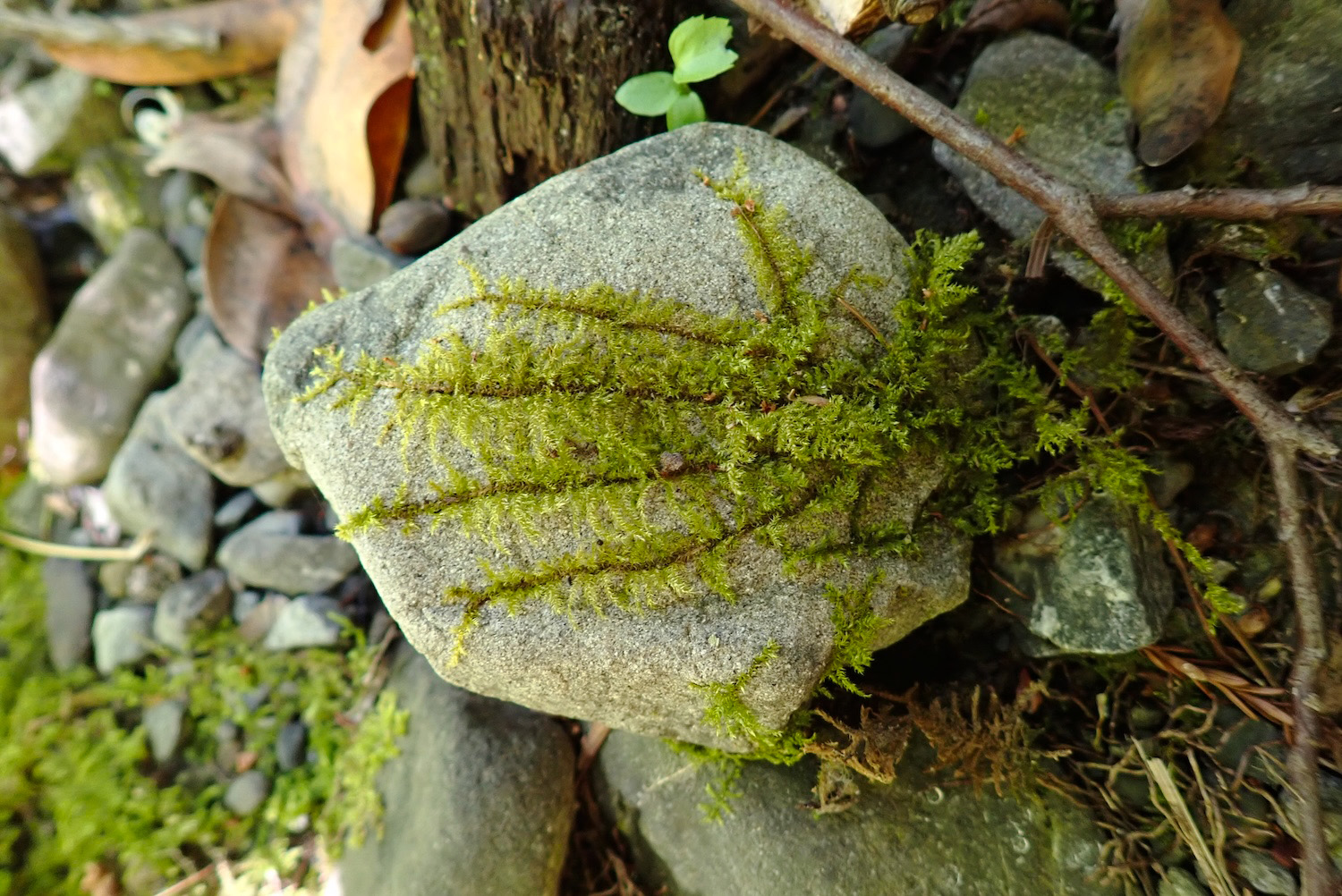IDEA (Interdisciplinary Expressive Arts) courses
Instructor: Rajdeep Gill
Example 1. One-sentence summary:
Students hold a rock in their hand and are asked an open-ended question, and follow their curiosities and inquiries about this rock.
Rock Exercise
A series of rocks of different types, sizes, and shapes are provided. Students select a particular rock and hold it in their hands. They are asked to suspend scientific or other analytic perspectives, and encouraged to simply experience the rock. Open ended questions are asked by the instructor such as Do you know if this rock is alive? The instructor may read Mary Oliver’s poem, “Do Stones Feel?” Students notice how the rock starts to hold onto their heat, and consider the stories of the rock in their hands. The inquiry focus here is to not just follow what you have been taught (e.g., that a rock is a solid mass of minerals) but to ask powerful questions and make up your own mind.
Example 2. One-sentence summary:
Students engage with their community while exploring social justice topics.
Community-Based Learning
The focus is largely determined by who is in the class and their expressed interests or passions. Students consider what it means to be a good human being, a good ancestor, and a good relative. Sometimes a reading or poem offers a spark. Through a dialogic and community-based process the students’ voices and experience are brought in. Topics are engaged in a holistic, integrative, and decolonial manner, and often include social and ethical issues such as gender-based violence and queer issues. They may connect to the emotional, spiritual, and/or academic realms. In a supportive environment students share from their life experience and their journeys in the course.


